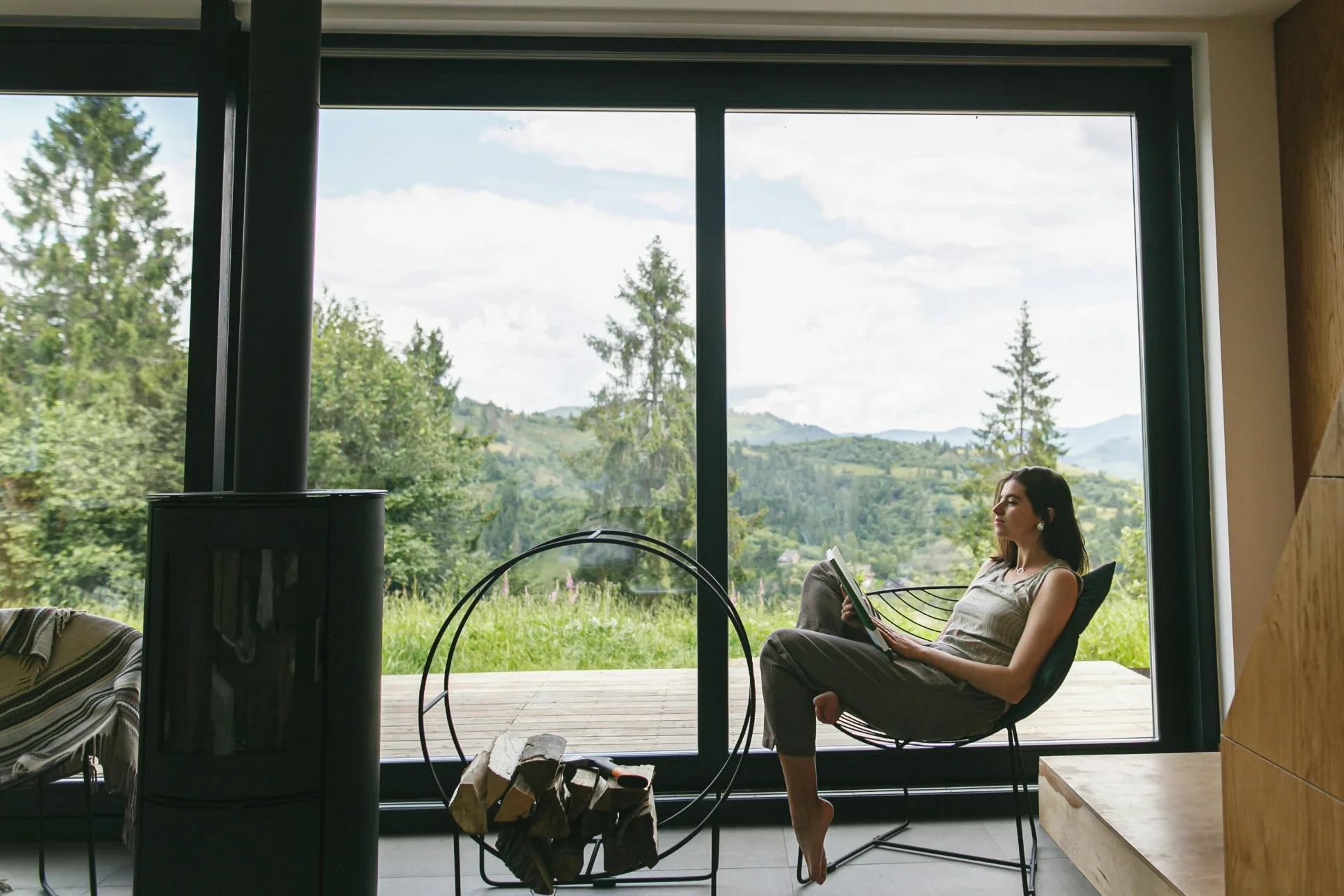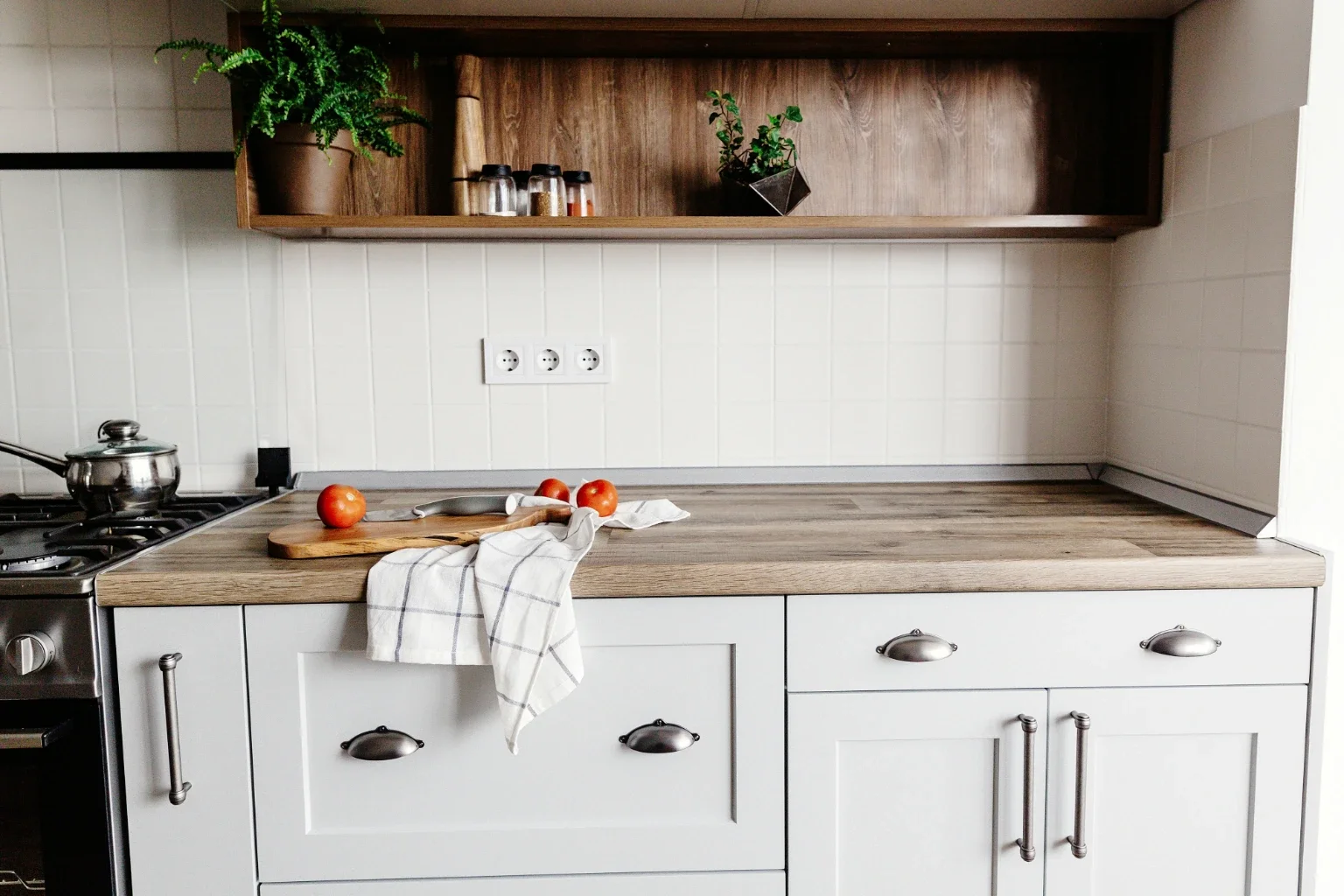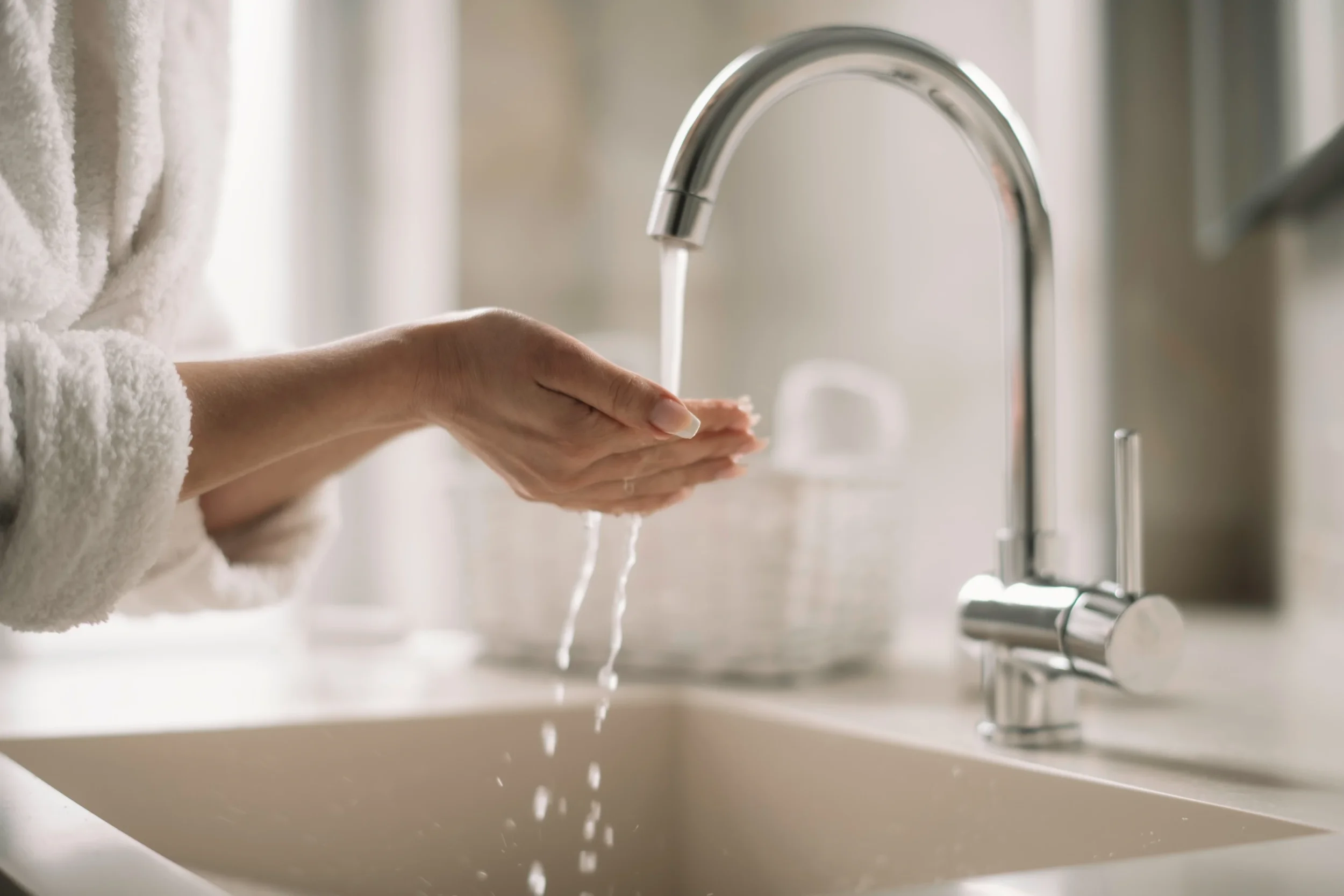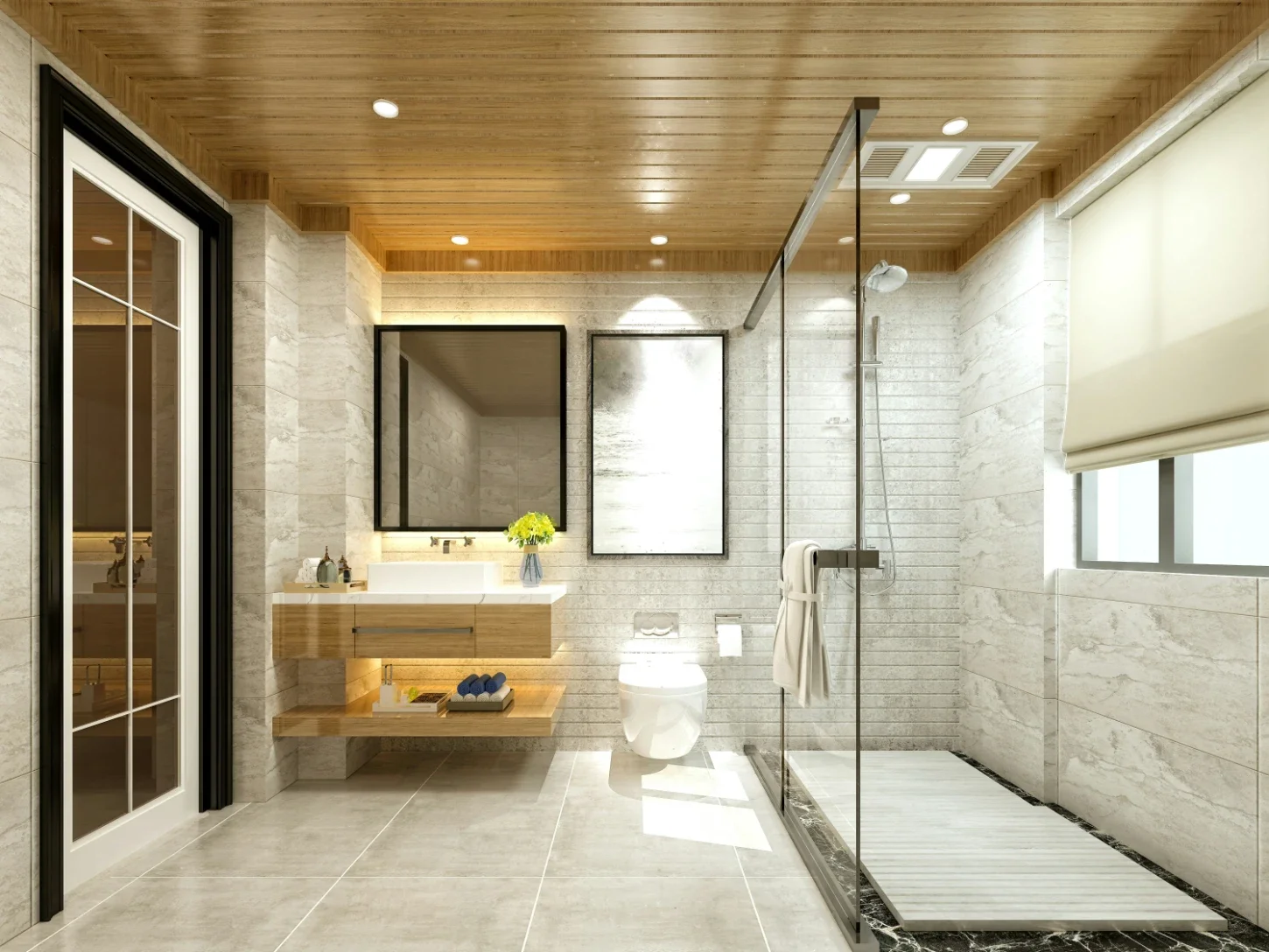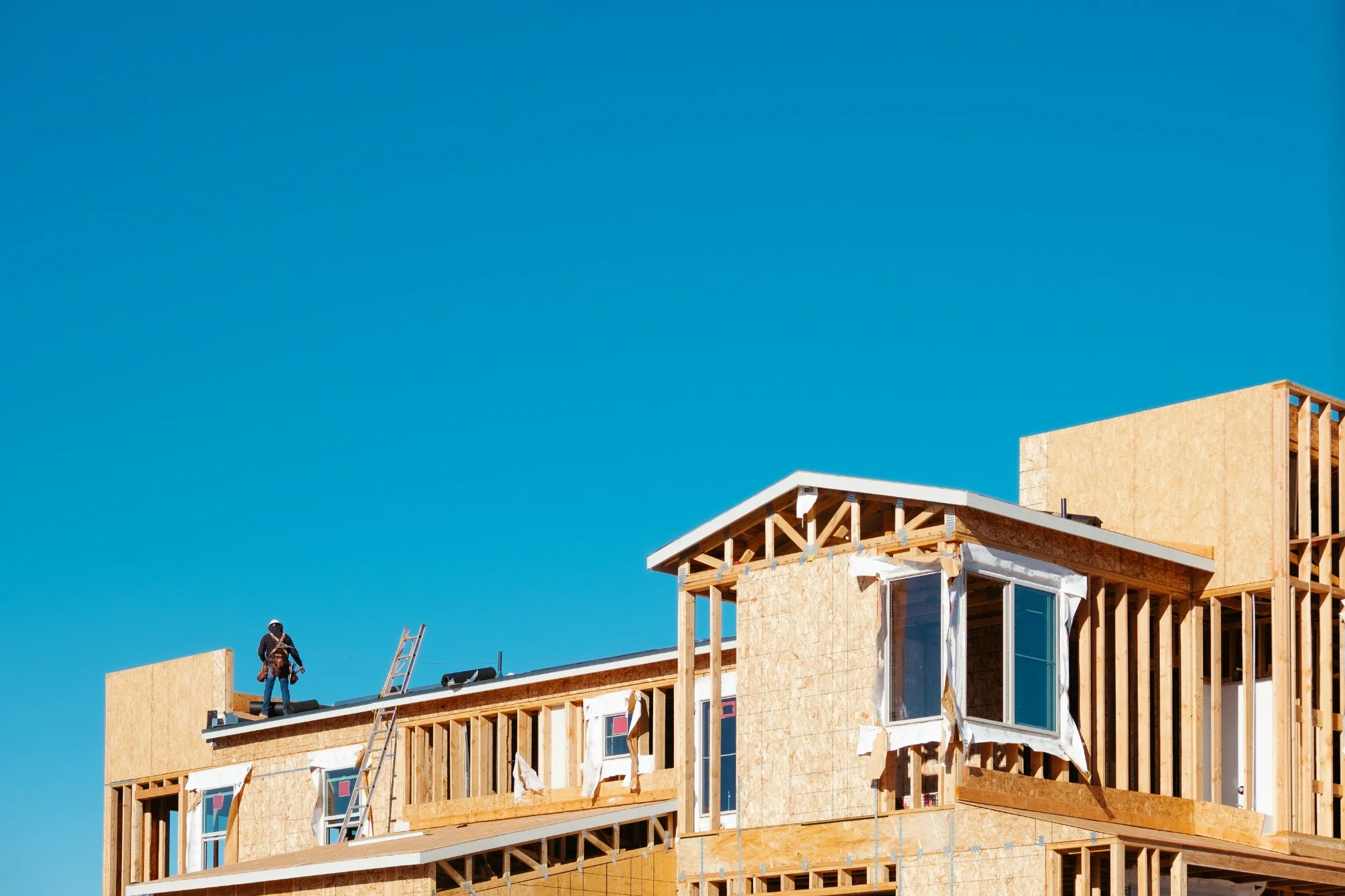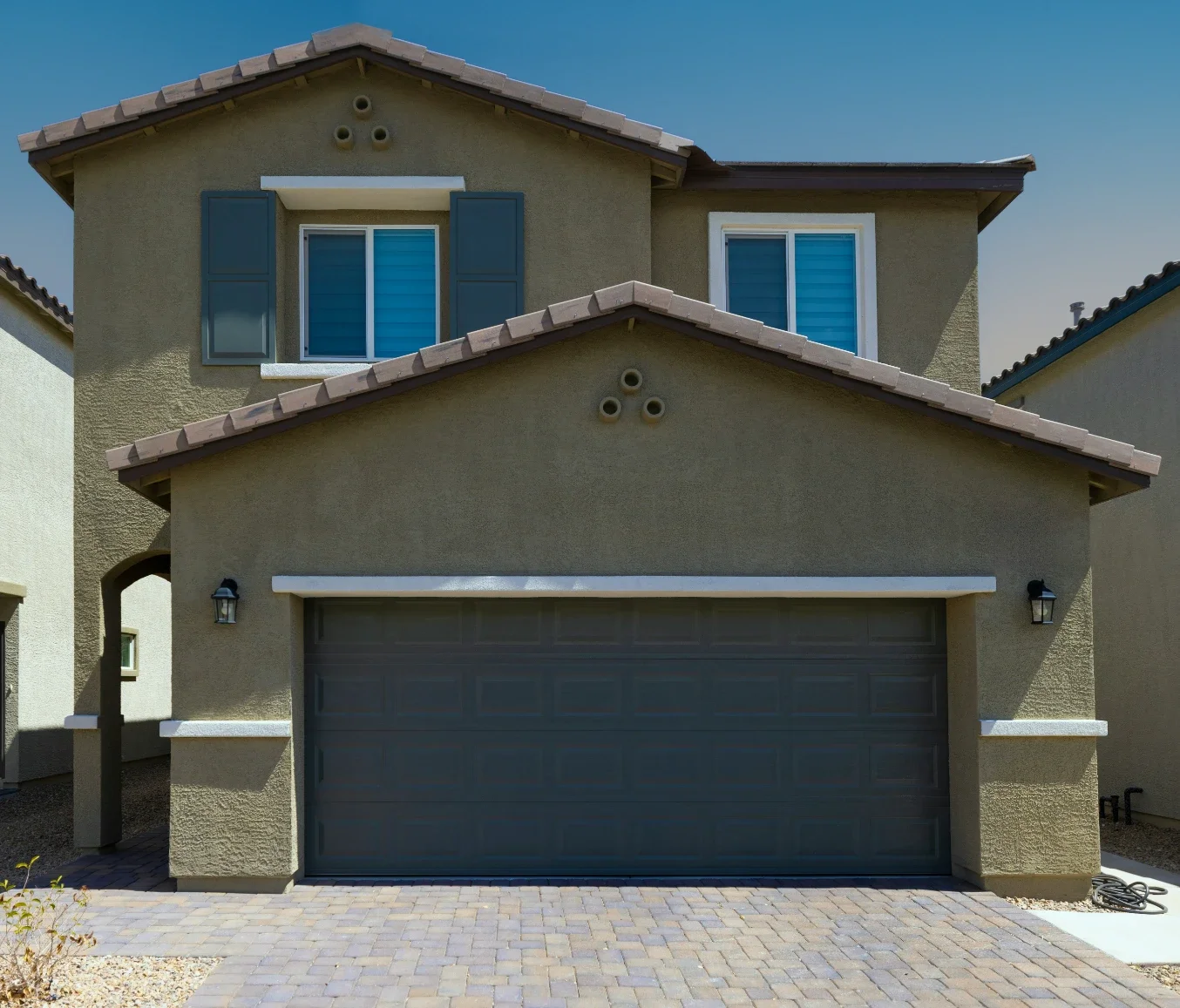Architectural Film Installations: A Smarter Way to Renovate
Discover how architectural film installations offer a smarter, faster way to renovate. Upgrade surfaces, reduce costs, and achieve a fresh modern look with ease.
Architectural films have changed how interiors are renovated. Instead of tearing down old surfaces, these advanced vinyl and PET films wrap over existing finishes to create a completely new look.
The result is a modern, high-end aesthetic achieved faster, cleaner, and at a lower cost than traditional refurbishment.
What Are Architectural Films?
Architectural films are engineered surface materials made from multiple layers of durable vinyl or PET. Each layer serves a purpose: a tough topcoat for scratch resistance, a printed or textured design layer, and a pressure-sensitive adhesive that bonds securely to almost any substrate.
Top brands like 3M DI-NOC, LG Hausys BENIF, and Bodaq offer hundreds of finishes—from brushed metal and natural stone to textured wood grains. They provide flexibility and longevity suitable for both commercial and residential applications.
Why Choose Architectural Film Installations
Architectural film installations combine style, durability, and practicality.
High-End Look, Lower Cost: Achieve the appearance of marble, oak, or matte metal without paying for full material replacement.
Fast and Clean: Minimal dust, demolition, or downtime. Ideal for offices, hotels, and retail stores.
Durable and Fire-Rated: Premium films like 3M DI-NOC and LG Hausys BENIF resist heat, moisture, and daily wear.
Eco-Friendly: Wrapping existing surfaces reduces waste and supports sustainable renovation goals.
Low Maintenance: Easy to clean with mild detergent and resistant to scratches and UV fading.
Where Architectural Films Work Best
Architectural films suit almost any smooth surface.
With finishes that mimic authentic materials, films can transform even dated interiors into stylish, contemporary spaces overnight.
Choosing professional architectural film installations means getting a flawless finish that looks like real wood, stone, or metal without demolition. Certified installers use premium brands like BODAQ, 3M and LG Hausys BENIF, which are fire-rated, moisture-resistant, and designed to last up to 15 years indoors.
Inside the Installation Process
Professional installation ensures a flawless result. Here’s how it works:
Surface Preparation: Clean and sand to remove oils, dust, or residue.
Measurement and Cutting: Films are trimmed to size and aligned with joins and corners.
Application: The installer applies the film using heat guns and squeegees to remove air bubbles.
Finishing: Edges are sealed and curved surfaces are heated to ensure adhesion.
Inspection: Every section is checked for smooth bonding and consistent texture.
Experienced installers can complete most projects within one to two days, depending on scale.
Selecting a Certified Film Installer
The right installer makes all the difference. Look for 3M Endorsed or LG Hausys Certified professionals. They follow manufacturer guidelines to guarantee strong adhesion and lasting results.
Ask to see completed projects and confirm warranty coverage. Certified installers also use approved primers and tools, ensuring your architectural films maintain their finish and fire-resistant properties for years.
Transform Any Space with Architectural Films
Architectural film installations offer a faster, smarter, and more sustainable path to stunning interiors. They combine premium design with minimal disruption, ideal for commercial fit-outs, hotels, and modern homes.
FAQs About Architectural Film Installations
1. How long do architectural films last?
High-quality brands like 3M and LG Hausys can last 10–15 years indoors with proper care.
2. Are architectural films fire-resistant?
Yes. Premium films meet Class A fire ratings and are safe for commercial interiors.
3. Can architectural films be removed later?
They can be removed cleanly without damaging the substrate when applied correctly.
4. What surfaces can they cover?
Smooth surfaces such as laminate, MDF, metal, glass, and painted panels work best.
5. Is it cheaper than replacing materials?
Yes. Film installations typically cost 30–60% less than full replacements and reduce downtime.



